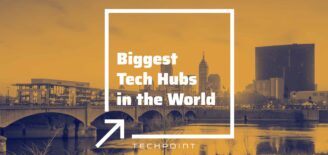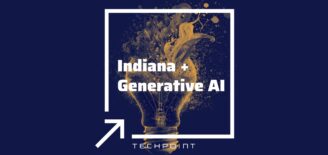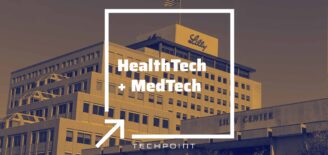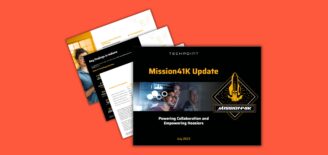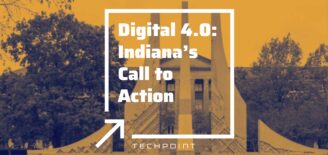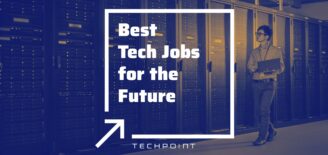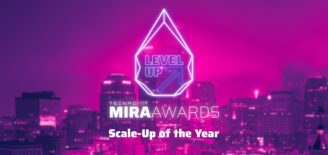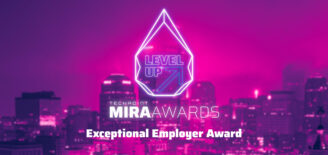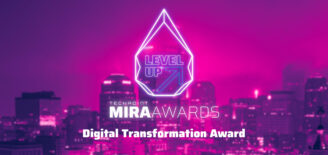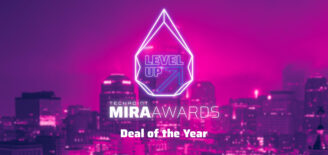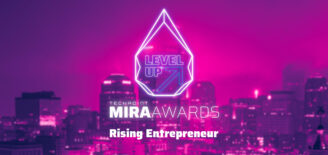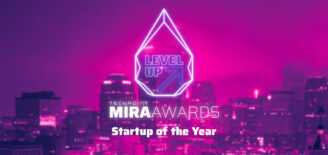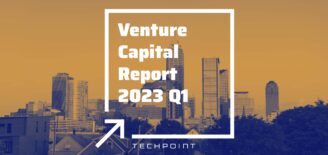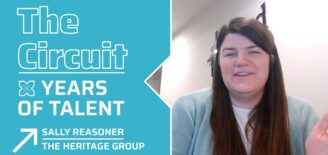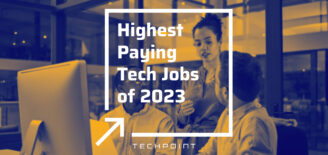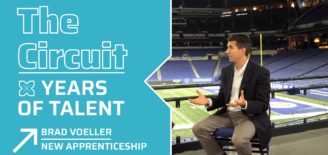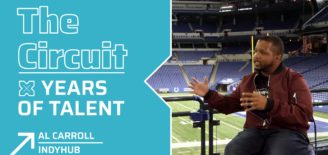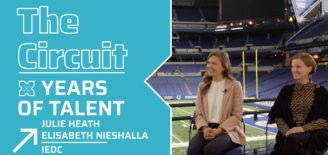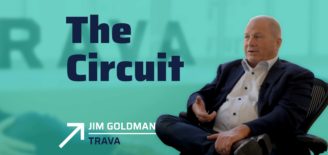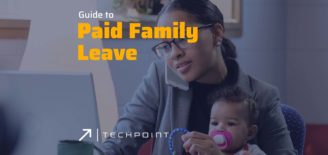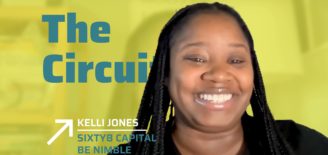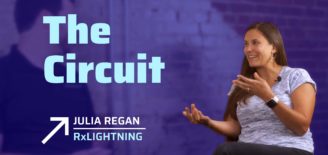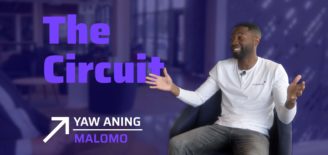SaaS Sales Careers: A Comprehensive Guide
SaaS Sales Careers | Contents
- What is SaaS Sales?
- So what is Software-as-a-Service (SaaS)?
- What is so different about SaaS Sales?
- What is B2B sales?
- How is SaaS typically sold (SaaS Sales Models)?
- What is the SaaS Sales process (or Sales Funnel)?
- What are examples of jobs in SaaS Sales?
- What is a typical salary in Saas Sales?
- What are common metrics or KPIs in Saas Sales?
- What experience or training do I need for a job in Saas Sales?
- Resources for SaaS Sales Job Seekers.
What is SaaS Sales?
Generally, sales (or selling) is the process of providing goods and services for money; SaaS sales is specifically the process of selling web-based software or software-as-a-service (SaaS).
Sales can apply to a variety of occupations, particularly within SaaS. Often companies will break up sales responsibilities into different positions based on the product sold, region, the sales stage the customer is in, or if the customer was introduced through inbound or outbound sources.
What makes SaaS sales unique from other sales roles, is that SaaS products are often sold as a subscription (monthly or annually) to the customer. SaaS products can also have a level of complexity that requires the involvement of a customer’s IT team in the sales process.
So what is Software-as-a-Service (SaaS)?
SaaS stands for software-as-a-service. Unlike applications that are installed or hosted on a local computer or server owned by you or your organization (on-premises), SaaS is most often hosted and managed by the software provider.
Because SaaS is web-based, users are typically able to access applications through their web browser or some other form of thin client. Because little to none of the software is installed or hosted on the user’s computer, SaaS has comparatively low hardware requirements (ex. stable internet connection) and any updates are managed by the provider.
Examples of software-as-a-service include (but aren’t limited to):
Customer Relationship Management (CRM).
Possibly the most commonly known form of SaaS, customer relationship management (CRM) platforms are tools to help companies and other organizations manage interactions with their current and potential customers. Examples of customer relationship management providers include Salesforce and Microsoft Dynamics.
Office Productivity Software.
Historically locally installed, office productivity software like word processors and spreadsheet tools have moved to the cloud in the past decade. Examples include Google’s Workspace (Gmail, Google Docs, Google Sheets, Google Slides, etc.) and Microsoft Office 365 (Microsoft Outlook, Microsoft Word, Microsoft Excel, Microsoft Powerpoint, etc.).
Learning Management System (LMS).
A learning management system (LMS) is a platform that allows for the administration and delivery of educational courses. While most commonly used in schools, examples include Blackboard or Cornerstone Learning, learning management systems can also be used to train employees, as is the case with Lessonly.
Marketing Automation Platform (MAP).
Marketing automation platforms (MAP) are software applications that automate the repetitive tasks associated with marketing through multiple channels (email, social media, websites, etc). Most commonly associated with email and digital marketing platforms like Salesforce Marketing Cloud or Pardot and ActiveCampaign, it can also include marketing intelligence platforms such as DemandJump.
Donor Management Software.
Similar to customer relationship management (CRM) software, donor management systems are tools to help nonprofits and other charitable organizations organize donor information and manage donations. Examples include Bloomerang, Givelify, and OneCause.

What is so different about SaaS Sales?
Everything that sets SaaS sales apart from other types of sales is related to the complexity of the product.
Where other services or physical products are typically sold and delivered within a short timespan, SaaS products often have long sales cycles that can last weeks or months. Because the software is typically used throughout an organization, multiple decision makers will likely be involved in signing off on the purchase. Similarly, if the software requires any access or changes to the customer’s infrastructure, their IT team will likely be involved in the sales process.
With so many moving parts to SaaS sales, it’s possible that closing the sale may take more than just a single sales representative. If the customer’s IT team needs to be involved, you may have a corresponding sales engineer or implementation team. If it’s a large enterprise sale where a customer’s executive team is involved, a member of your c-suite or a vice-president may help close the sale.
To be a successful B2B sales representative occasionally means managing a team of experts and knowing when to get them involved.
What is B2B sales?
Business-to-business (B2B or BtoB) sales is a classification of sales where businesses are selling products or services to other businesses (or other large organizations). This is contrasted with business-to-consumer (B2C), sometimes referred to as a direct-to-consumer (DTC) where products and services are sold directly to individuals.
How is SaaS typically sold (SaaS Sales Models)?
How SaaS products are typically sold is often dependent on price and how complex the product is. If the software requires coordinating with a variety of different roles within an organization in order to implement it, the SaaS company may need corresponding personnel for each of those roles during the sales process. If the software doesn’t require much effort for a customer to use and is inexpensive, assistance from a sales team may not be necessary.
These are the three common SaaS sales models:
Self-Serve.
The self-serve SaaS model typically doesn’t involve a sales team at all, instead of relying on marketing to generate awareness of the product and drive prospective customers to sign up for free trials. The self-serve model is most common with products with low price points and where the customer is capable of implementing use of the product themselves.
Transactional Sales.
Transactional sales is the most common sales model within SaaS. This type of sales process is typically more expensive than one with products sold through a self-serve model, but it requires lower effort to implement for the customer (particularly contrasted to enterprise sales). Because the stakeholders are generally a single party or team, it’s likely that the sale can be closed during or soon after the sales presentation.
Enterprise Sales.
Enterprise sales, sometimes referred to as complex sales, covers any sales process that involves large contracts for goods and services. Enterprise sales typically include longer sales cycles and will likely require coordinating with multiple stakeholders at the buyer’s organization. This is more common of SaaS products that require greater effort to implement.

What is the SaaS Sales process (or Sales Funnel)?
The sales funnel, also known as the purchasing or conversion funnel, is a marketing term for the stages a customer will go through before making a purchase. The process is modeled after a funnel as it takes the broadest, largest audience and shrinks it down to the smallest group with qualifying stages.
Often the structure of a SaaS sales (and marketing) team will be based on responsibilities that correlate to the different stages of the sales funnel. There are different variations of a sales funnel but the most common stages are:
Awareness.
This is the stage where a prospective customer first becomes aware of a product or service, referred to as the top of the funnel (TOFU). Work completed at the awareness stage is likely divided between sales and marketing functions (outbound versus inbound).
At this stage, sales development representatives (SDRs) will typically call prospective customers to first introduce the product or service and attempt to schedule demos. Marketing teams will put together advertisements and other content to generate interest in prospective customers to request information on the product.
Interest.
Also known as the consideration stage, this is the middle of the funnel (MOFU). At this stage, a prospective customer has expressed interest in a type of product or solution. They may understand that they have a problem or need, also known as pain, with which a product or service may assist them. Your product is likely one of a few a prospective customer is considering at this stage.
Desire.
Desire, or decision, is the start of the bottom of the funnel (BOFU). At this stage, the prospective customer is leaning towards a specific product or brand within an industry. Typically, this is during or after a sales presentation or demo conducted by an account executive (AE).
Action.
Action is also known as the conversion or purchase stage. This is the point where the prospective customer takes the necessary steps to purchase a product. With simpler SaaS products this could be closed at the time of a sales presentation, but with products with greater complexity, it may take coordinating with multiple parties in order to complete a sale.
What are examples of jobs in SaaS Sales?
Sales professionals must have strong communication skills and feel comfortable speaking in front of others. Sales require a competitive spirit and a passion for working with people every day, all day. Sales professionals have the foresight to predict potential problems and understand how to resolve them with clever solutions. They know how to ask the right questions to help prospects discover their reasons to change.
Education requirements may vary depending on the position, but either a high school degree or some college is preferred. Sales, however, can be self-taught.
Examples of tech jobs in sales may include:
Sales Development Representative.
Sales development representatives (SDRs) are inside sales reps who solely focus on outbound prospecting. They help with the lead qualification process, which allows account executives to focus on closing deals instead of prospecting. Lead generation representative is a similar role.
Account Executive.
Account executives (AEs) serve as the direct link between the customer or client and the company providing the service or product. They foster healthy relationships with clients to ensure successful implementation of the product and encourage future sales. A business development manager is a similar role.
Sales Engineer.
Sales engineers translate and explain complicated technical information to customers and clients, focusing on revealing how a product can solve specific problems. They also confer with customers and engineers to assess equipment needs and to determine system requirements.
Read more about sales jobs in tech here.
What is a typical salary in Saas Sales?
How much a SaaS sales representative makes in terms of pay is largely dependent on their role or level and how their salary and commission are structured. As of January 2022, SaaS sales job titles broadly average $78,989 annually on ZipRecruiter and $49,623 on Glassdoor (though Glassdoor’s range goes up to $91,000).
For more specific job titles, ZipRecruiter has sales development representatives (SDRs) making $45,937 annually ($70,500 at the top of the range). Account executives (AEs) average $56,008 annually ($103,000 at the top, while business development managers average slightly more at $67,764 annually. Sales engineers make an average of $80,786 annually ($104,500 at the top).
Almost every sales role is compensated by a combination of a base salary and commission, these two things combined are what are known as on-target earnings (OTE). An example of an OTE might be $40,000 for a base salary with a projected $30,000 if you hit your goals. The OTE in this scenario would be $70,000.
If you’re considering a position in sales, make sure you understand what the base compensation is, along with the OTE. While a sales role may not have a cap to commission earnings, the OTE will give you a better idea of the typical compensation for the role.
What are common metrics or KPIs in Saas Sales?
Your commission in SaaS sales is going to be dependent on your performance. Sales organizations monitor your performance based on common metrics or key performance indicators (KPIs). These are just a few examples of sales KPIs:
Closed Sales.
Closed or won sales are generally the most common metric tied to compensation for SaaS sales representatives, particularly for account executives and business development managers.
Sales Qualified Leads.
Because sales development representatives are primarily responsible for connecting potential customers to account executives, their compensation isn’t always tied to the completion of a sale. SDRs may receive a commission based on how many appointments or demos they schedule (Sales Qualified Leads) for an AE, along with the ratio that is completed (i.e. not canceled).
Productivity Metrics.
While not always a basis for your compensation, how you spend your time during work hours may be monitored. Most companies have a general idea of how many phone calls (call volume) or other lead-generating activities you should be able to complete within a day.
Monthly and Annually Recurring Revenue.
Monthly recurring revenue (MRR) and annual recurring revenue (ARR) metrics track the amount of incoming revenue that’s generated by a customer’s software subscription. While this is more common for a company or sales organization to track holistically, it could be a KPI for a sales representative if they are responsible for managing the ongoing relationship with the customer.

What experience or training do I need for a job in Saas Sales?
While mid-level to senior sales positions will likely require you to have some experience, most companies will hire candidates with 0-2 years experience for junior or entry-level sales roles (ex. SDRs).
Because you’ll be responsible for closing deals, mid-level sales roles like account executives typically require 2-5 years of experience. Senior-level sales roles or sales roles that include management of a small team (business development manager) or more technical knowledge (sales engineer), will typically be in that same range or require slightly more experience.
Many SaaS organizations will look at junior or entry-level sales roles as an opportunity to train you themselves, so any requirements are likely to be minimal. Depending on your past experience, your company may pay for you to go through formal sales training like Sandler or Dale Carnegie.
Participants of TechPoint’s Sales Bootcamp receive Sandler Training.
Resources for SaaS Sales Job Seekers.
If a career in tech is something you want to pursue, working in sales can provide a great entry-point, as many positions require 0-2 years of experience. Additionally, some of the highest paying tech jobs are within the umbrella of sales. You can find many great opportunities in sales on TechPoint’s Job Board or you can apply for TechPoint’s Sales Bootcamp.

